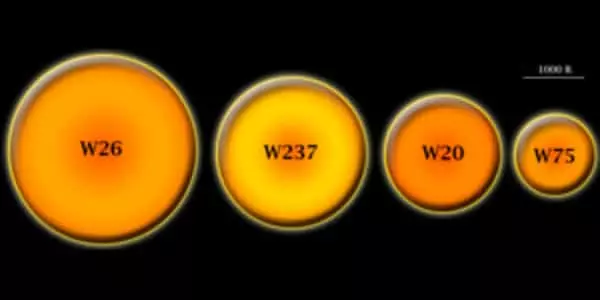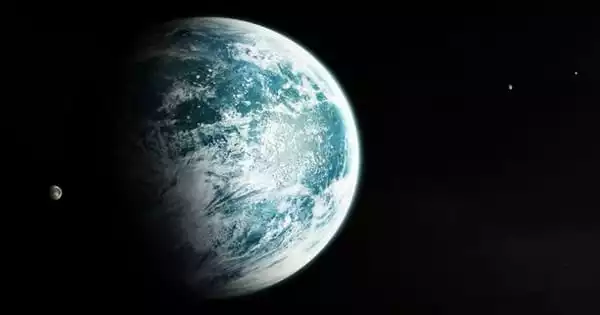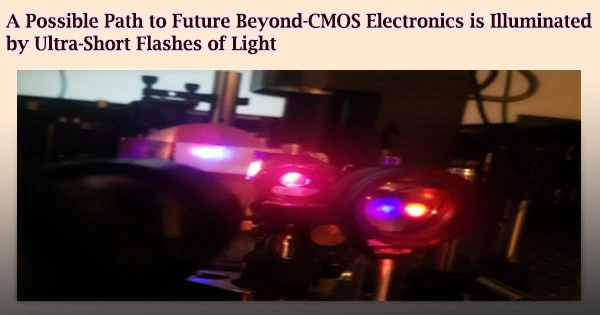Westerlund 1-75, also known as Wd 1-75, is a red supergiant (RSG) in the Westerlund 1 super star cluster. It has a radius of approximately 668 solar radii (4.65 × 108 km, 3.10 au). This equates to a volume 298 million times greater than that of the Sun. Westerlund 1-75 would engulf the asteroid belt is placed in the center of the Solar System.
It is a compact young super star cluster located about 2.6 kpc (8480 ly) from Earth in the Milky Way galaxy. It is one of the Milky Way’s most massive young star clusters, discovered by Bengt Westerlund in 1961 but largely unstudied for many years due to high interstellar absorption in its direction. It will most likely evolve into a globular cluster in the future.
The star is classified as a luminous cool supergiant, with the majority of its energy emitted in the infrared spectrum. It is located in the top right corner of the Hertzsprung-Russell diagram. Using the Stefan-Boltzmann law and an effective temperature of 3,600 K, a bolometric luminosity of 68,000 L☉, and a solar effective temperature of 5,772 K, the radius of Westerlund 1-75 can be calculated.

Westerlund 1 is home to some of the largest and most massive stars ever discovered. It is led by the star Westerlund 1-26, a red supergiant star so massive that if it were placed in the center of our Solar System, it would extend past Jupiter’s orbit. In addition, the young star cluster is home to three more red supergiants, six yellow hypergiants, 24 Wolf-Rayet stars, and several even more unusual stars that are still being studied. At a distance of 15,000 light-years, Westerlund 1 is relatively close to a star cluster, providing astronomers with a good laboratory to study the development of massive stars.
Westerlund 1-75, like Westerlund 1-20, 1-26, and 1-237, was discovered to be a radio source; however, it is weakest along the RSGs in its cluster and remains unresolved at any wavelength. Westerlund 1-75 is surrounded by a large nebula, which appears to be less massive than nebulae surrounding typical red supergiant stars.
Because the stars in Westerlund 1 are all the same age, composition, and distance apart, the cluster is an ideal environment for studying the evolution of massive stars. The presence of stars evolving on and off the Main Sequence at the same time puts stellar evolution models to the test, as they are currently unable to correctly predict the observed distribution of Wolf–Rayet subtypes in Westerlund 1.
















